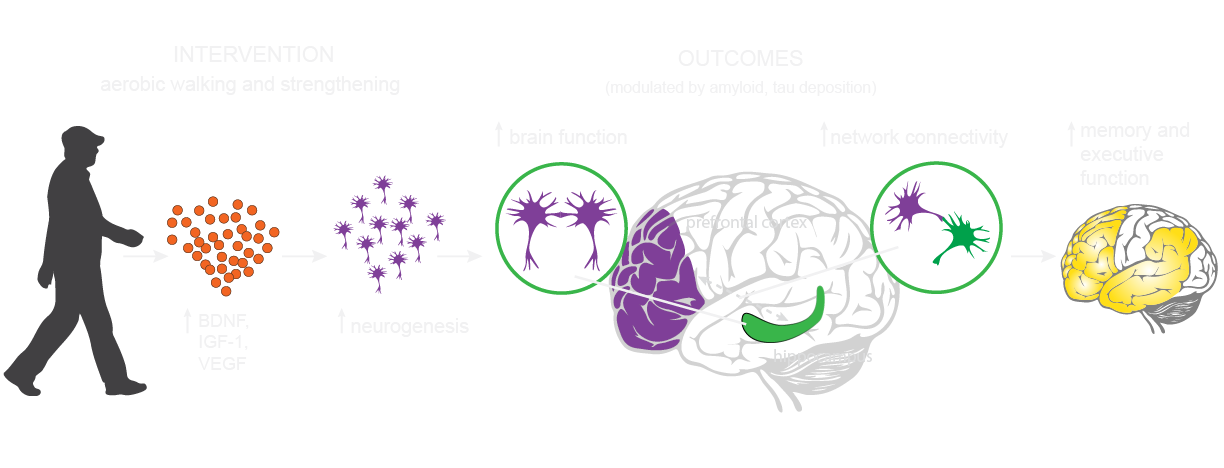
The United States is experiencing a rapid explosion in the number of older adults. Cognitive decline in older adults is a major public health issue associated with societal, psychological, and financial burden. Understanding brain changes associated with aging -particularly in early stages- is of critical importance.
Our ability to distinguish normal aging from mild cognitive impairment -a preclinical stage of dementia- remains limited. Identifying individuals with MCI is essential because individuals with MCI are at increased risk of progressing to dementia, including Alzheimer’s disease. It is even more critical to identify individuals at risk for cognitive impairment, as we know that neuropathology can accumulate decades before the onset of symptoms.
While there are prospective disease-modifying treatments for Alzheimer’s disease on the horizon, there are still no effective diagnostic biomarkers. Brain imaging has emerged as a promising method for in vivo investigation of neural changes due to underlying neuropathology.
Our current research focuses on increasing our understanding of early brain changes in regions known to be selectively vulnerable to neurodegenerative diseases, such as Alzheimer’s disease. We investigate executive functioning and memory systems using fMRI, MRI, and PET, and explore whether changes in these systems may be early and reliable clinical biomarkers of individuals at risk for developing Alzheimer’s disease.
To address the concerns above, the Pa lab investigates these main areas:

